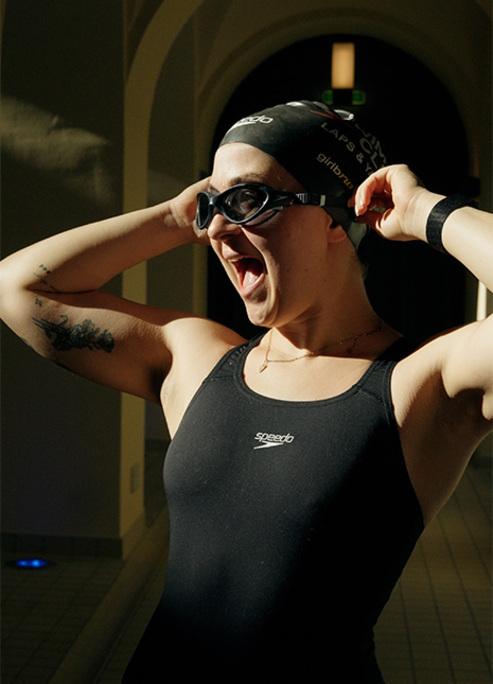
Recording a Hike Without Losing Its Magic
Film nature hikes naturally—stay present, light, and spontaneous.
Capturing the magic of a hike without turning it into a rigid, over-planned tour can feel like a challenge. You want to document the breathtaking views and unforgettable moments, but you also crave the spontaneity and freedom that make hiking so special. Striking the right balance is key.
In this article, you’ll discover practical tips to record your hike in a way that keeps the journey authentic and enjoyable. From choosing the right gear to staying present in the moment, you’ll learn how to preserve memories without losing the essence of the adventure.
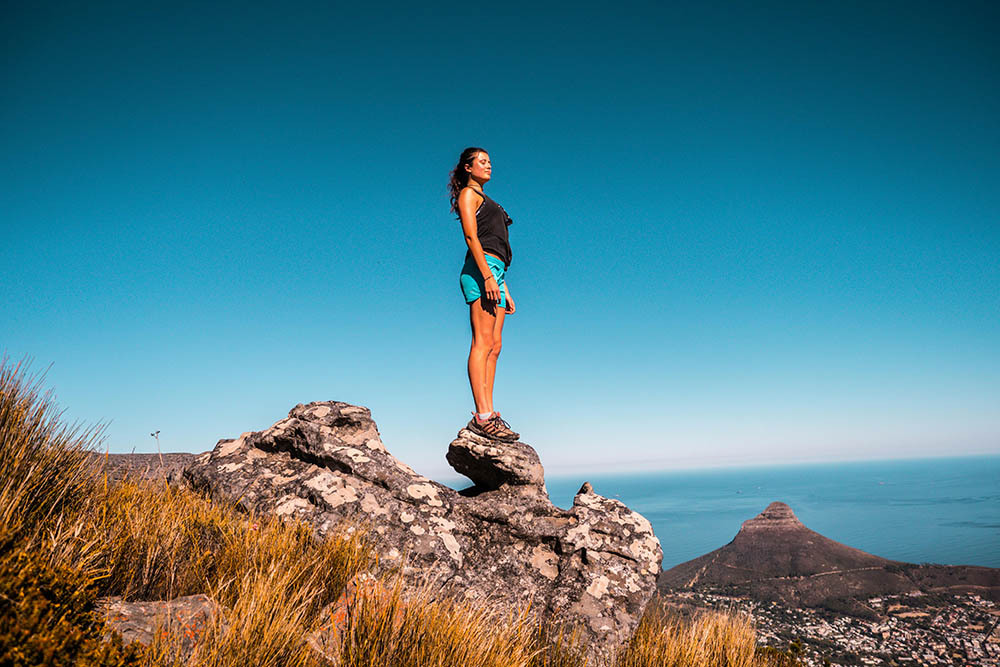
Importance Of Authenticity In Hiking Videos
Authenticity keeps viewers engaged with your hiking videos. It provides a true sense of the trail, the surroundings, and your personal connection to the experience. Overly staged shots or rehearsed conversations can feel unnatural, diluting the emotional impact.
Natural environments offer more than visual appeal; they evoke feelings and memories. Show moments as they unfold. Capture ambient sounds like birds, rustling leaves, or flowing water to immerse your audience in the scene. Avoid excessive editing or artificial enhancements that misrepresent the actual experience.
Consider the pacing of the video. Long, uninterrupted sequences may feel tedious, while rapid cuts can seem disorganized. Incorporate simple transitions that maintain a flow without overshadowing the content.
Balance your on-camera presence with the surrounding environment. Provide brief on-screen commentary, but let the trail tell its own story. This approach supports a genuine representation, encouraging your audience to connect with the hike.
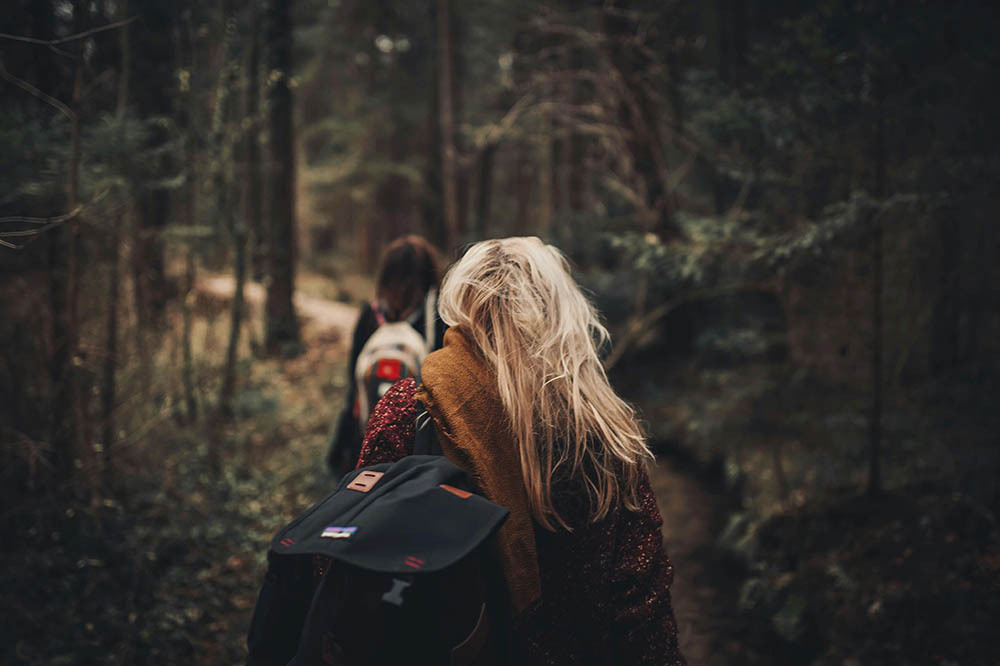
Preparing To Record A Hike
Careful preparation lays the foundation for a well-documented hike that remains enjoyable and natural.
Choosing The Right Gear
Lightweight equipment minimizes burden during the hike. Compact cameras or smartphones often provide high-quality results. Tools such as a foldable tripod allow for diverse shots like overhead angles. Prioritize portability and functions suitable for outdoor use. Avoid excessive devices that could detract from the hiking experience.
Planning Your Route
Analyze the trail beforehand to pinpoint scenic spots. Look for key features — waterfalls, cliffs, or unique tree formations — along the path. Knowing these details directs your filming efforts effectively. Create a loose plan but remain adaptable to unexpected moments worth capturing.
Balancing Filming And Enjoying The Moment
Adopt a filming style that blends with your hike. Prioritize the experience over capturing every detail. Limit how often you stop to record by focusing on highlights. Use first-person perspectives sparingly for added engagement. Let spontaneity drive your interactions with the surroundings.
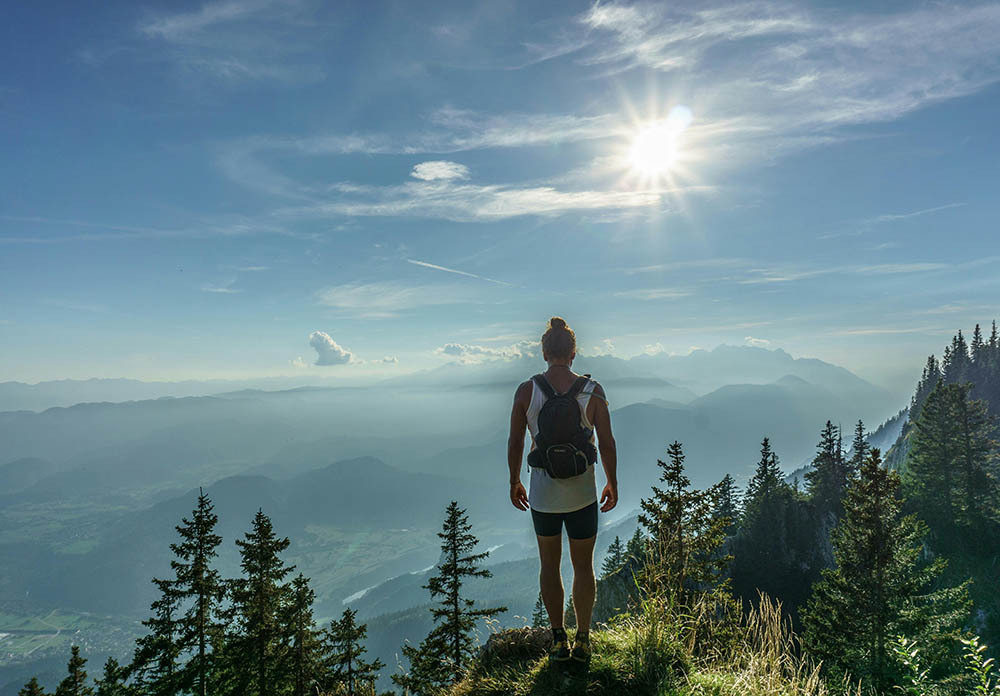
Capturing Natural Moments
Documenting authentic experiences during a hike can deepen the viewer's connection to your video. Use techniques that highlight real, unscripted interactions to maintain the sense of spontaneity.
Letting The Environment Guide The Shots
Rely on the landscape to shape your shots. Focus on unique features like tree roots, rock formations, or natural light patterns to create engaging visuals. Instead of centering every shot around yourself, highlight parts of the environment, such as streams or distant hills, to add variety. A DJI action camera can be especially useful for capturing these details with clarity and smooth motion.
Incorporate motion into your framing. Slowly pan up a mountain peak or glide along a forest path, letting the terrain direct the flow of the scene. Keep the angles diverse to avoid monotony, and experiment with close-ups of interesting textures like moss or bark.
Avoiding Overproduction
Maintain simplicity in filming and editing for a natural feel. Avoid rigid scripts or preplanned sequences, and let moments unfold organically. Connect clips fluidly to create an unforced narrative rhythm.
Limit enhancements like heavy filters or intricate transitions. Instead, use subtle effects that match the pace of your recording. Pair your footage with ambient sounds like rustling leaves or bird calls to reinforce the immersion without overwhelming the senses.
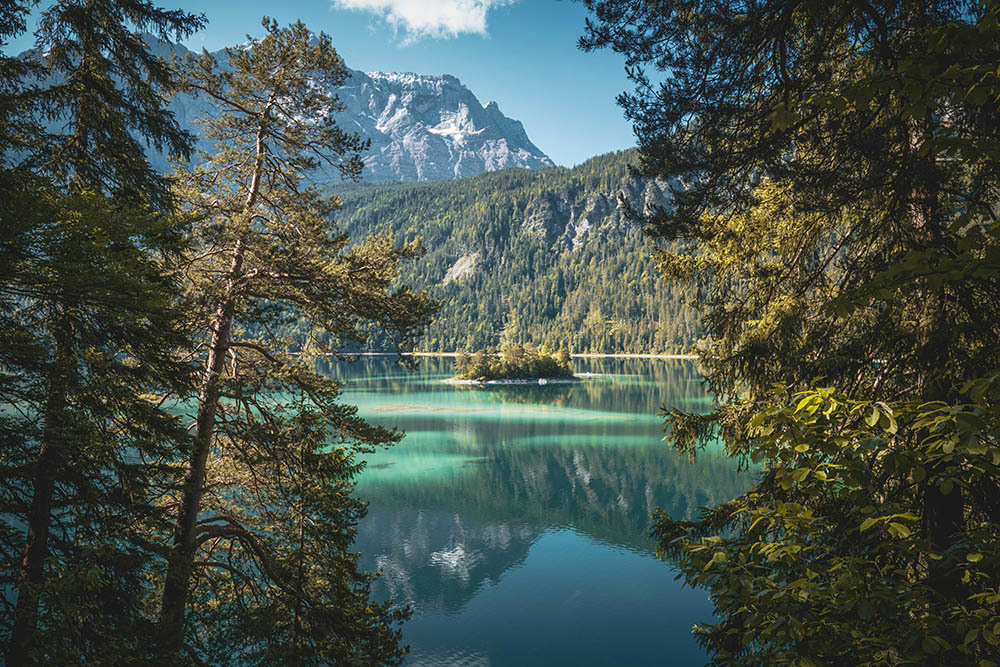
Staying Present While Recording
Prioritizing The Experience Over The Footage
Focus on the hike itself rather than treating it as a constant filming session. Pay attention to your surroundings—listen to ambient sounds, feel the terrain underfoot, and observe details like changing light or wildlife movements. Capture footage intermittently instead of every moment to maintain an authentic experience. Let spontaneity drive your shots, recording when something naturally resonates with you rather than staging scenes for effect.
Minimizing Distractions From Equipment
Keep your gear simple to avoid unnecessary interruptions. Choose lightweight equipment, making long distances manageable and setup time minimal. Select tools that allow one-handed operation or quick setups, which reduce the need to stop frequently. Use storage solutions like easily accessible pockets or chest packs that keep your focus on hiking rather than fumbling for gear. Employ devices like smartphones or compact cameras known for stabilization and portability to minimize distractions.
Editing For A Natural Feel
Editing lets you create an engaging representation of the hike while maintaining its authenticity. By focusing on natural transitions and environmental details, you can immerse the viewer in the experience.
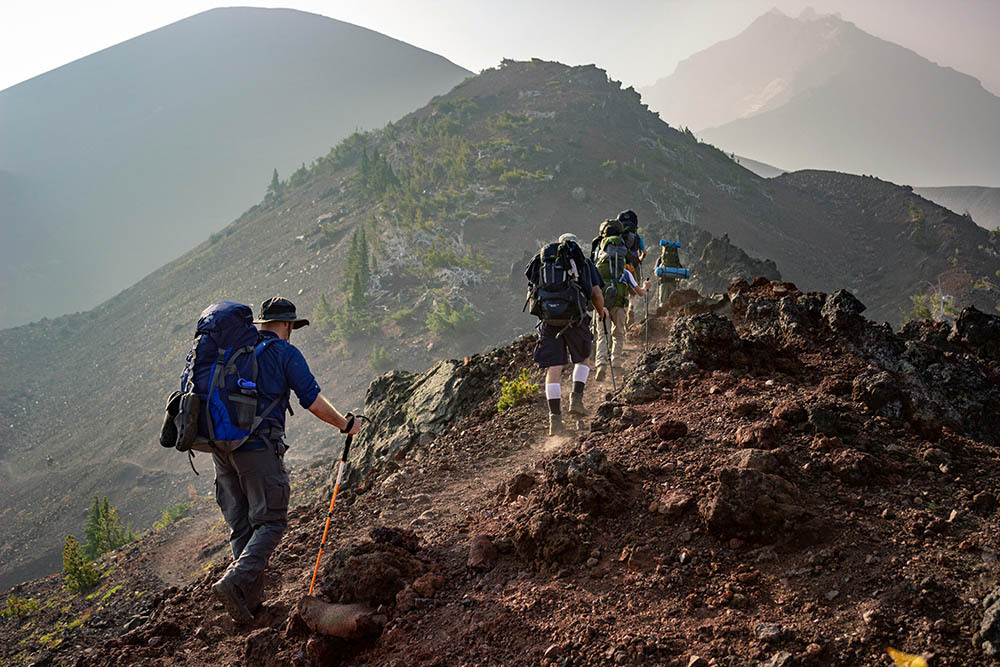
Highlighting Authentic Moments
Capture genuine interactions with nature using an Insta360 camera to keep the footage compelling. Include dynamic scenes like crossing streams or wildlife encounters, taking advantage of the camera’s ability to capture immersive perspectives. Use moving landscape shots—such as panoramic views or shifting angles—to add variety and break up static visuals. Record subtle details like wind through foliage or rippling water to convey the environment's essence.
Avoiding Overuse Of Effects Or Filters
Preserve the natural beauty of the hike by minimizing effects. Avoid heavy filters and prioritize natural lighting for mood enhancement. Limit audio adjustments, keeping enhancements subtle to align with the scenery. Smooth editing techniques promote flow without overwhelming the viewer, keeping the hike's essence intact.
Conclusion
Recording your hike doesn’t have to take away from the joy of the journey. By embracing spontaneity, keeping your gear simple, and focusing on the natural beauty around you, you can create videos that feel authentic and immersive. Let the trail guide your creativity, and remember that the experience itself is the true highlight. Keep it simple, stay present, and let your footage reflect the adventure as it unfolds.




